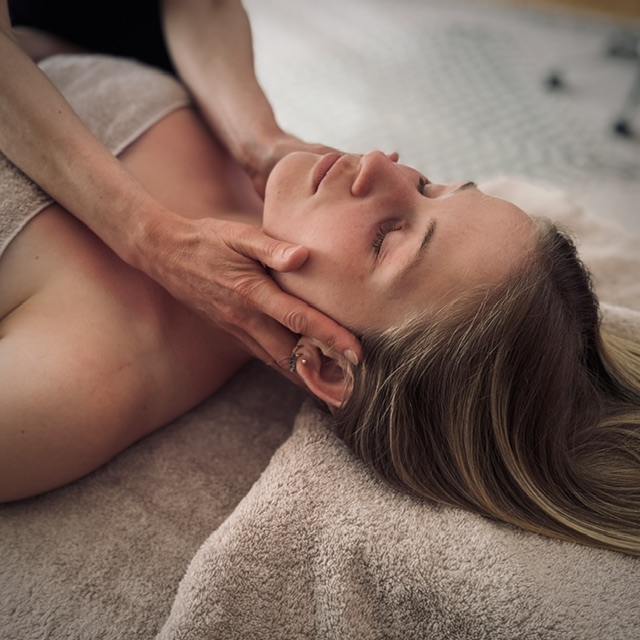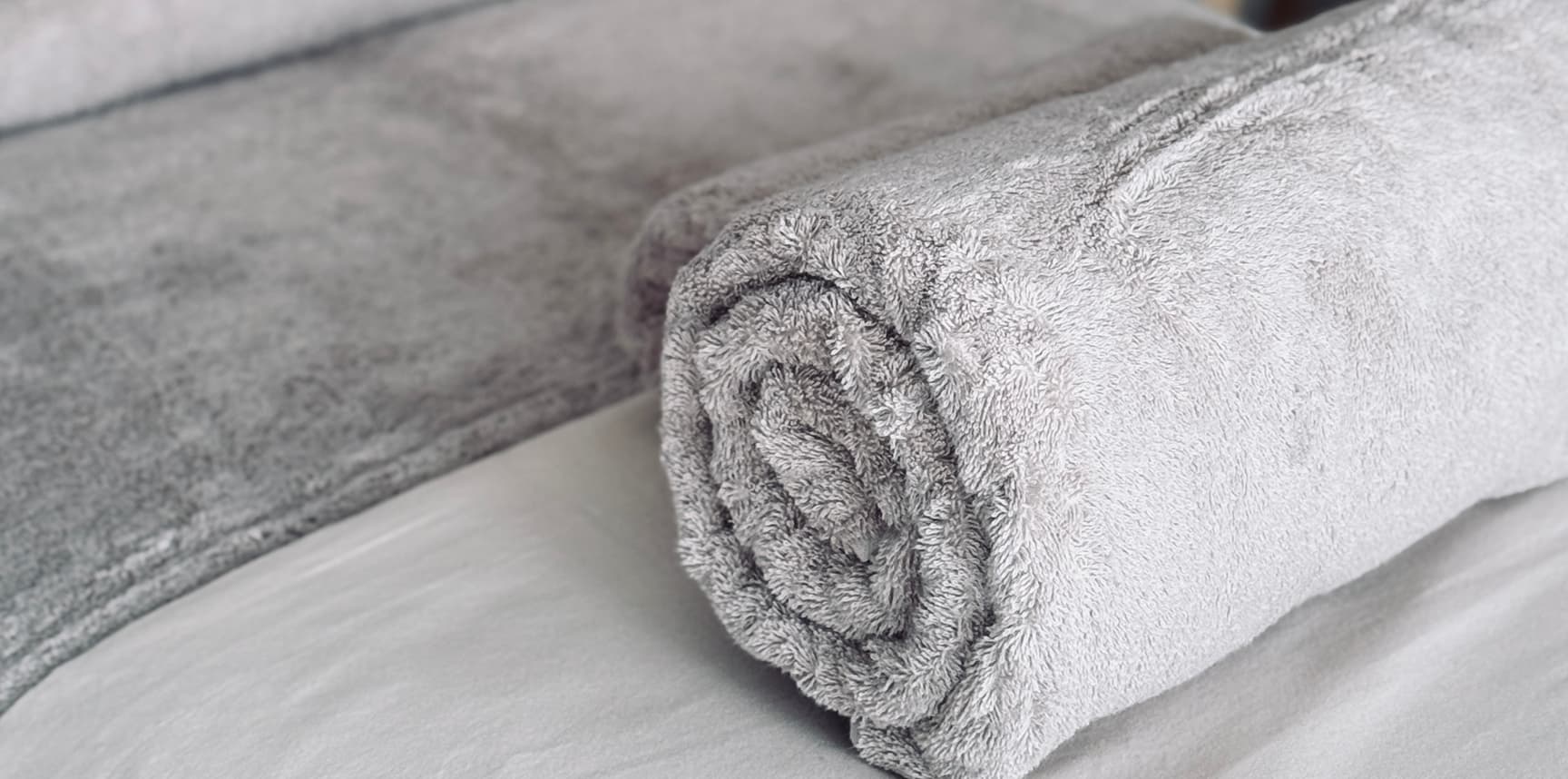

Manual Lymphatic Drainage (MLD) and Combined Decongestive Therapy (CDT) offer evidence-based solutions for managing a range of lymphatic and inflammatory conditions. Whether you’re dealing with lymphoedema, recovering from surgery, or seeking relief from chronic symptoms like fatigue or swelling, your treatment journey begins with a comprehensive assessment designed around your specific needs.
View Pricing For Treatment >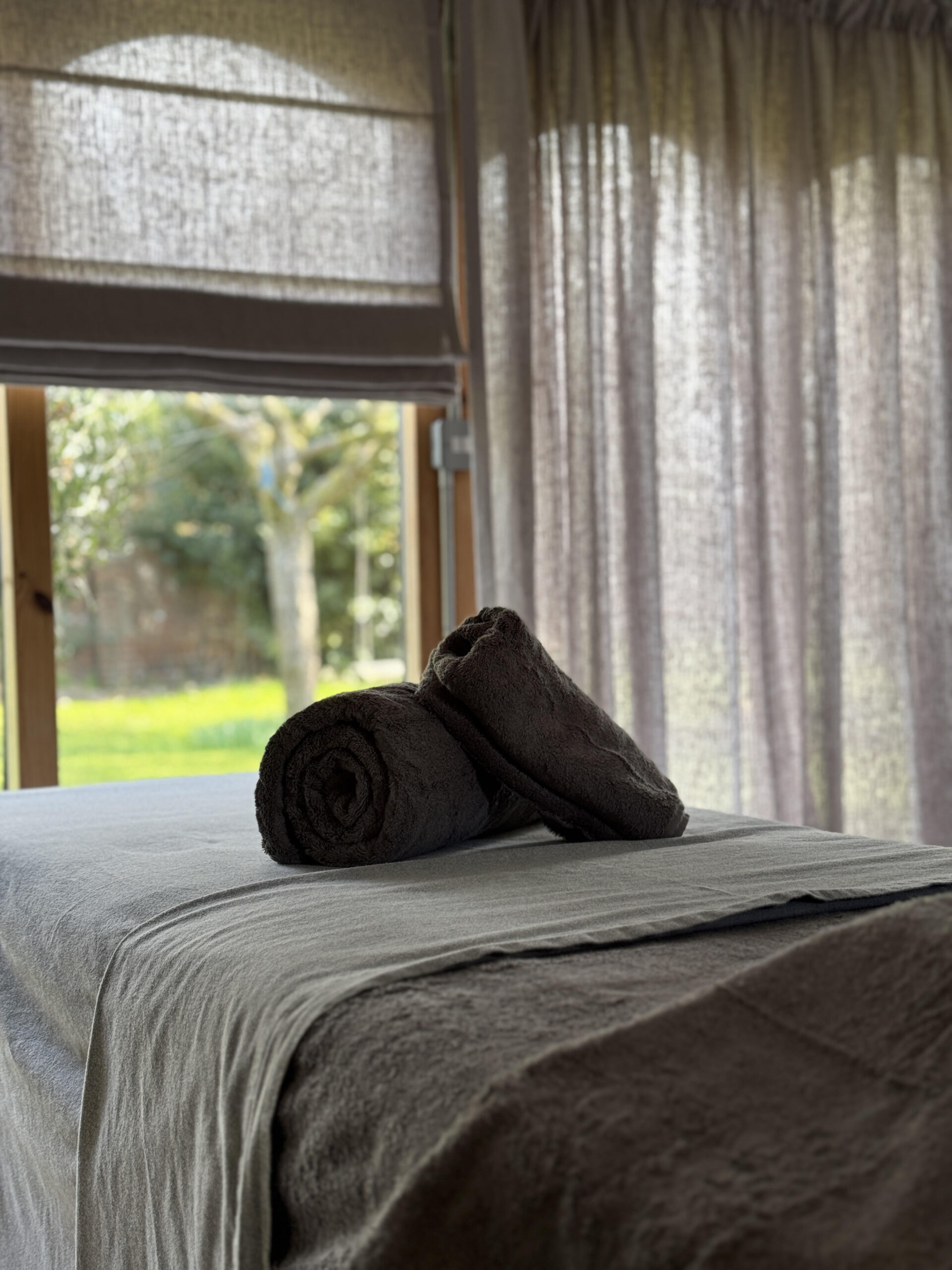
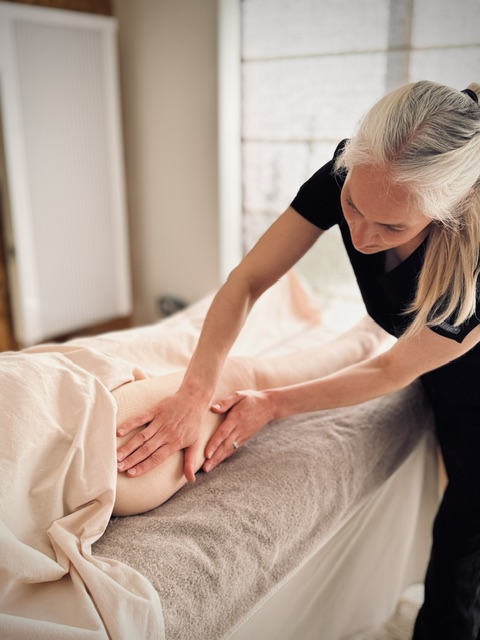
6 Key Phases of your treatment
A free 15-minute call to discuss your needs and check for contraindications.
In-person assessment, medical review, and first MLD treatment. 1–2 hours.
Your personal care plan is created, including recommendations for CDT or maintenance.
Frequent sessions of MLD, Deep Oscillation, skin care, and bandaging to reduce swelling.
You’ll be measured and fitted for custom garments, usually midway through intensive care.
Ongoing care via MLD sessions and compression wear to manage and maintain results.
The initial assessment is an opportunity for you to discuss your needs and treatment goals in person, and for the therapist to review the details shared within your medical intake form enabling the development of an effective care plan.
(In some circumstances your G.P or specialist physician may need to be contacted before treatment can begin.)
For those seeking MLD to support healing after surgery it is advisable to receive treatment as soon as possible, ideally within a few days of your surgery (depending on your surgeon's advice).
For those seeking MLD for relaxation rather than medical need the completion of a medical history intake form is still required. Your initial appointment will need to be slightly longer than a maintenance appointment (90 minutes) so that this information can be reviewed in person before the treatment begins, but a full assessment appointment with measuring is not required. For further details and pricing please don't hesitate to get in contact.
Price of Assessment: £130
Get In Touch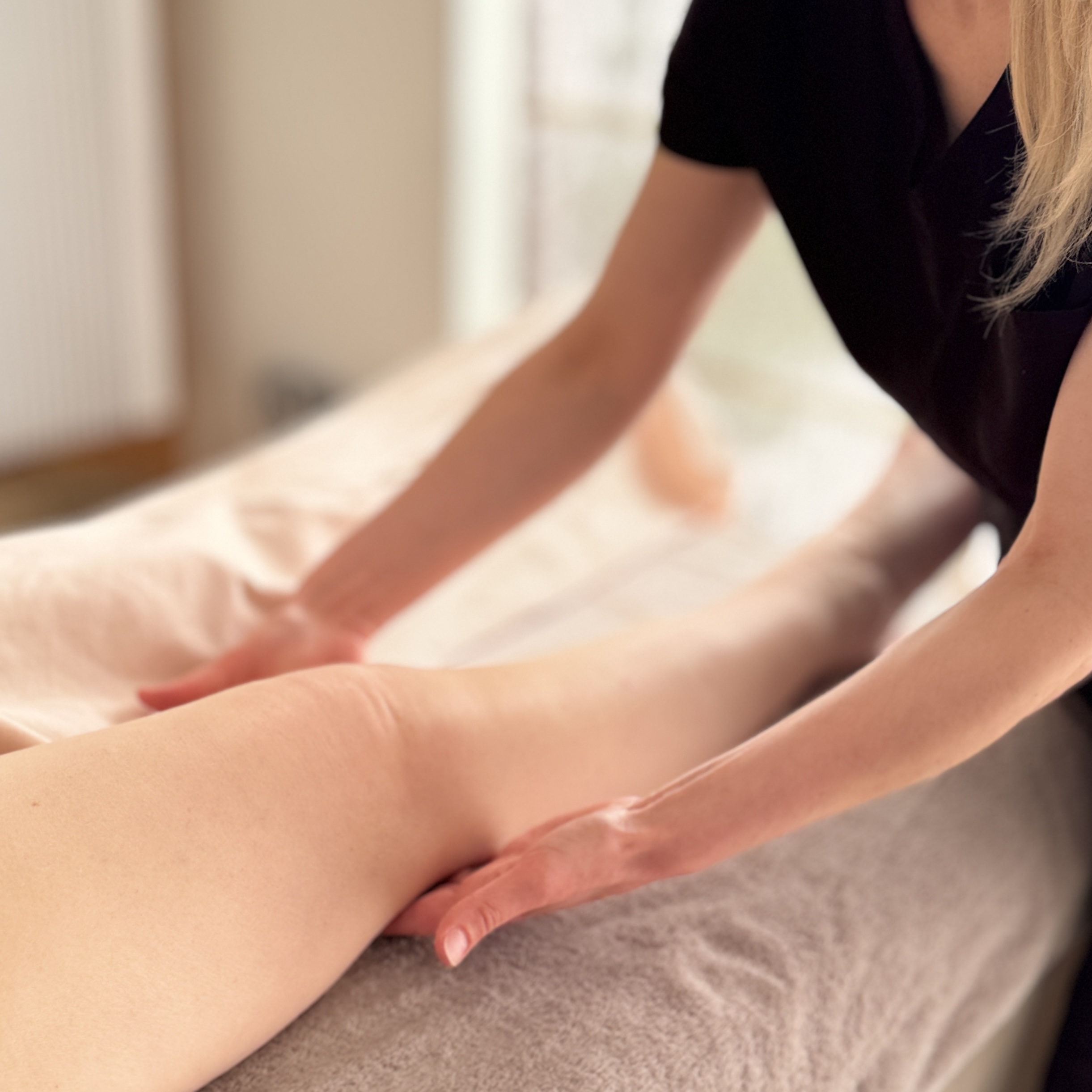
Manual lymphatic drainage (MLD) is a specialised form of therapy designed to promote the natural circulation of lymph through the body. It is particularly beneficial for reducing swelling, enhancing immune function, and promoting overall health.
Manual Lymphatic Drainage (MLD) is a gentle, non-invasive therapy that can be particularly beneficial during pregnancy to help reduce swelling, also known as oedema. The therapy can be safely tailored to the needs of pregnant women and can contribute to a healthier and more comfortable pregnancy experience. However, pregnancy is a contraindication for the use of Deep Oscillation Therapy (DOT).
You do not require a doctor’s referral to seek MLD treatment, but there are some medical conditions that may be contraindicated and require consent from your doctor to confirm if, and when treatment can begin.
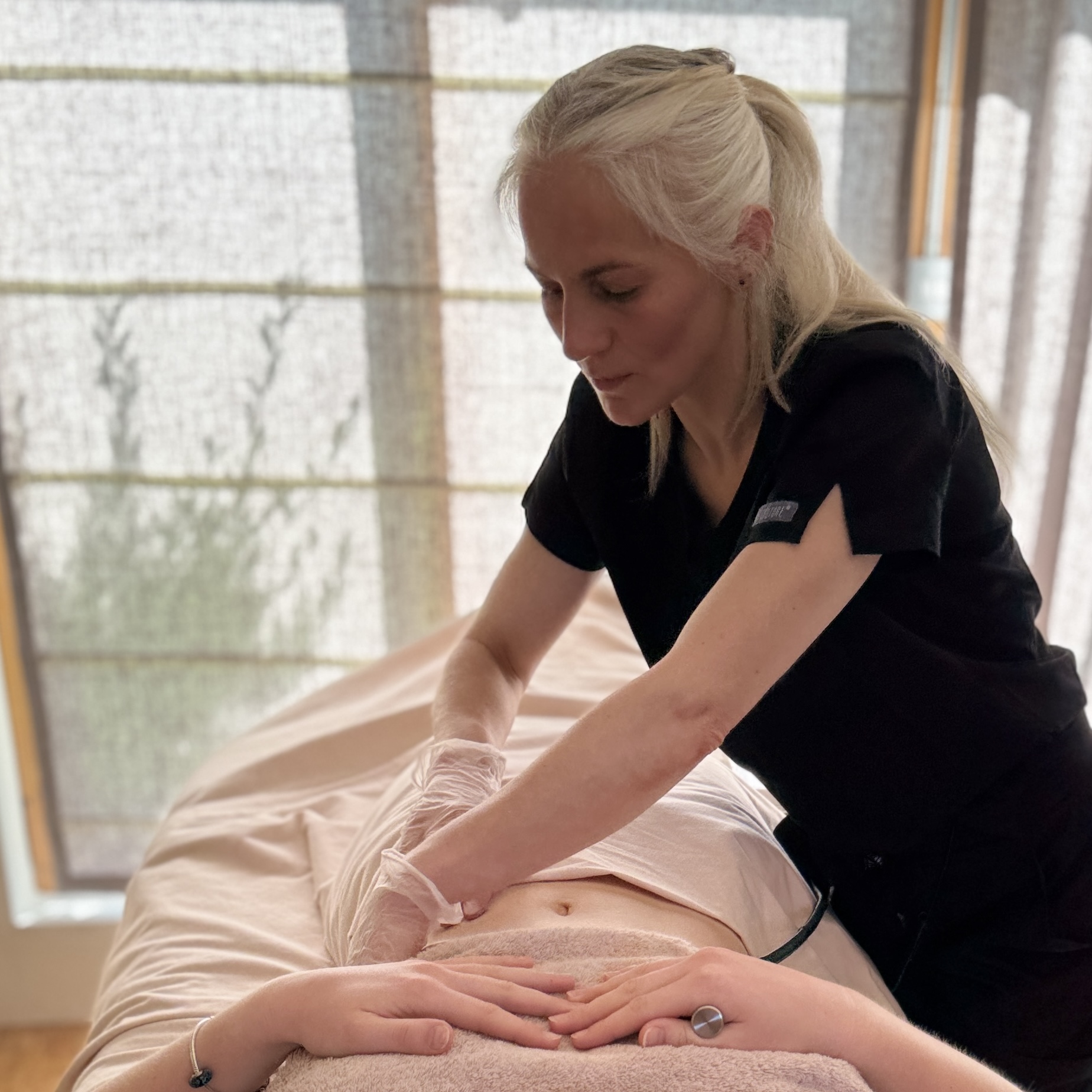
The number of sessions required depends on the reason for seeking treatment. Generally, three sessions of MLD (Manual Lymphatic Drainage) close together are recommended initially, followed by a reduced frequency based on individual needs. For post-surgical care, MLD and DOT can begin a few days after surgery with your surgeon’s consent, typically involving 2–3 sessions per week for the first 2–3 weeks, then 1–2 sessions per week for another three weeks to support healing, reduce swelling, bruising, pain, and scar tissue. For Lymphoedema or Lipoedema, Combined Decongestive Therapy (CDT) starts with an initial assessment and a schedule for phase 1, usually 2–3 appointments per week for 2–3 weeks, followed by phase 2 maintenance with compression garments and MLD sessions at decreasing frequency—weekly, fortnightly, monthly, or every 6–12 months—depending on your needs.
MLD is not painful as it works by stimulating the lymphatic system through light, rhythmic hand movements that encourage the flow of lymph fluid.
Lingering swelling after surgery inhibits the healing process. The best way to reduce or remove this swelling and improve healing is by supporting the function of the lymphatic system by performing Manual Lymphatic Drainage and Deep Oscillation Therapy.
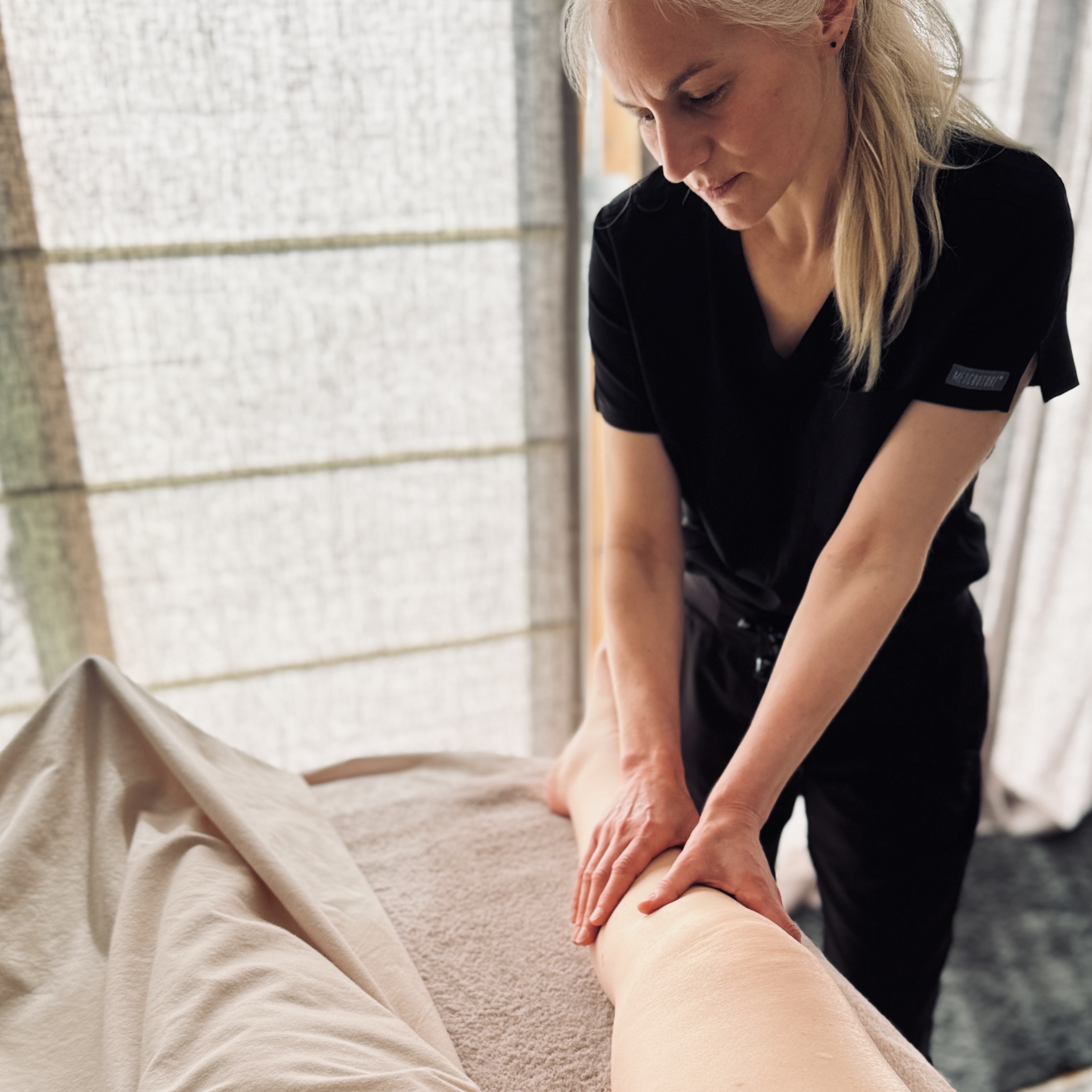
There are conditions that both MLD/DOT and CDT are not suitable for which is why it is important to complete a medical intake form and discuss any health changes during treatment with your therapist.
It is still unclear why some people develop lymphoedema after surgery or cancer treatment while others do not, but factors such as trauma, lymph node removal, radiotherapy, and chemotherapy increase the risk. Although there are no guaranteed preventative measures, the risk and potential complications can be reduced through regular gentle exercise (like swimming, walking, or yoga), a healthy lifestyle, and good skin care using non-perfumed moisturisers to prevent cracks and infection. It's important to take precautions such as avoiding cuts when trimming nails, protecting the skin during gardening, using insect repellent and sun protection, and keeping wounds clean and treated. Blood pressure readings and injections should be avoided in the at-risk limb, and compression garments may be helpful during flights. Restrictive clothing, excessive heat, and overexertion of the affected limb should also be avoided. Since a compromised lymphatic system weakens the immune response, even minor skin injuries can lead to cellulitis. Preventing skin damage and seeking prompt medical attention for signs of infection can help reduce this risk.
Yes — we offer multi-session discounts, such as 6 sessions for the price of 5. Ask about options when booking.
Whether you're managing a health condition, recovering from surgery, or simply seeking a space to feel better in your body, Lorna is here to help. Get in touch today to book your free 15-minute introductory call and discover how Manual Lymphatic Drainage can support your wellbeing. Your journey to feeling lighter, clearer, and more balanced starts here.
Get In Touch